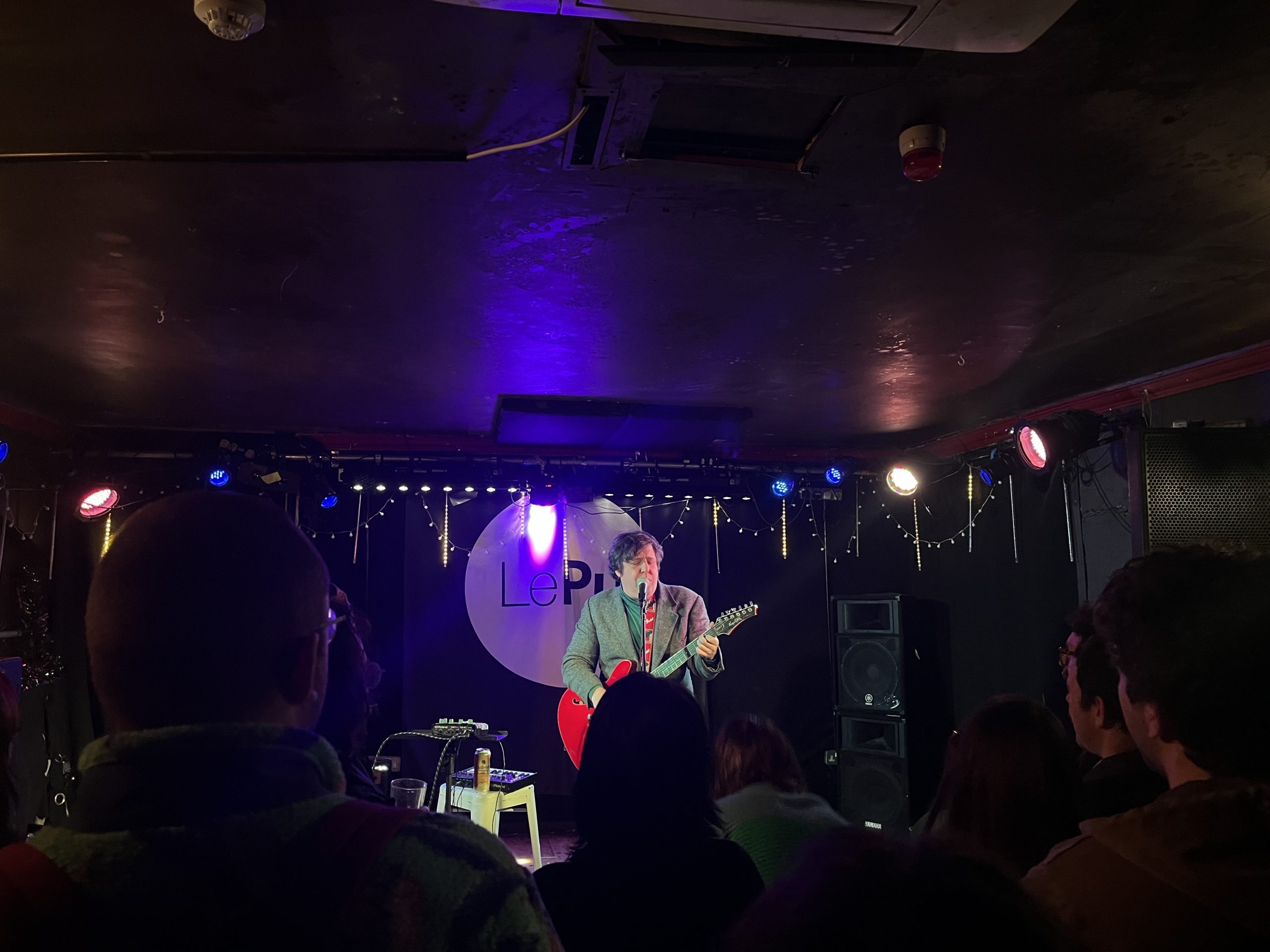by Esther Loi
Pop music is an inaugural part of everyone’s livesÔÇöfrom catchy tunes to jam to on long car rides, and all the way to sad songs in the shower, there’s a song for every situation.
Growing up heavily influenced by the pop music surrounding us, it is undeniable that pop music has changed drastically over the years.
Teen pop used to be a thing in the 2000s. Loud, upbeat, funky music along the likes of Black Eyed Peas’ Where Is The Love, Kelly Clarkson’s Since U Been Gone, Justin Timberlake’s Sexyback and Lady Gaga’s Pokerface definitely come to mind. Pop used to be heavily reliant on the songs’ catchiness, with bolder dance music experimentations beyond today’s mainstream EDM beats.
Music in the 2000s saw a lot of boyband influences, which were mostly overshadowed by the rise of hip-hop in that decade. Other memorable pop music could be categorised as contemporary adult music, which artists like Coldplay and Daughtry were famous for. Pop music had this one particular vibe and beat to it, and genre crossovers were less common then.
Pop punk was also a notable game-changer in the music of 2000s. Who can forget blink-182, Simple Plan and Fall Out Boy? The 2000s were indeed the heyday of angsty band music, probably the symbolism of our childhoods.
Let’s now travel back to the present. There is an evolution from pop punk’s teenage angst to a softened version of still sadness in today’s indie pop scene. It is just more fashionable to sing about one’s pensive mood with dreamy and lo-fi moods now, instead of headbanging to upbeat angry music. Some of today’s top hits on Spotify include Billie Eilish’s bad guy, Alec Benjamin’s Let Me Down Slowly, Lauv and Troye Sivan’s i’m so tiredÔǪ and Lewis Capaldi’s Someone You Loved.
These songs all seem to have one thing in common. They are sad. They are slow. Despite having electronic, R&B and indie elements within them, today’s popular songs seem to have a more mellow yet dance-worthy beat to them, along with melancholic lyrics to channel the inner frustrations any millennial can relate to.
According to a study┬á from the University of California, there has been less positive descriptors (“happiness” and “brightness”) and more negative descriptors (“sadness”) in current music. This is measured via a song’s acoustic timbre, its danceability, the mood that it conveys and its lyrical content.
Another feature of pop music in the 2010s is the repetition of simpler and louder melodies across most songs. Computer scientist Colin Morris came up with a software to quantify the repetitiveness of songs from annual Billboard Top 100’s charts from 1958 to 2017 and found out that the songs were increasingly repetitive as each year passed. Homogenisation coupled with simplification of pop songs actually enables listeners to feel a more emotional connection with the music.
Perhaps this is not the most accurate summary of pop music in the 2010s. One might argue that it is more appropriate to look at the ambiguity of today’s songs because music nowadays incorporates both major and minor keys, both elements of an upbeat song and a ballad, and a wide variety of music genres within a single three-minute song. It is not uncommon to feel that one song doubles up as a dance track and a sad song to mope over.
Another dominant trend of pop music in the 2010s is that it is now much tougher to categorise songs according to their genres because each song borrows elements from a diverse range of other genres. Perhaps we can say that pop music has become so much more varied and less stale. We can never get bored when there are constantly new sounds, new experimental tunes and new concepts to be impressed by. Think Bruno Mars ÔÇô who else meshes R&B, funk, hip-hop and pop this well?
For example, R&B and hip-hop elements have become more prominent in pop music in recent years. We can observe this from Post Malone’s and Swae Lee’s Sunflower, which has been described by Rolling Stone to be a hybrid of dream pop and hip-hop, instilling a feel-good sensation among listeners. The success of genre-crossovers can again be exemplified through Cardi B’s hip-hop and pop fusion Bodak Yellow reaching the number one spot on Billboard’s Top 100.
If anything, pop music today seems to be less centred on fitting into a certain mould of what pop music should sound like, but instead focuses more on appealing to the listeners’ emotions and creating ear-worms. This is best done through employing a wide variety of musical genres, recording using modern techniques and using relatable lyrics. So yes, pop music today is so much more diverse, and very fun!


